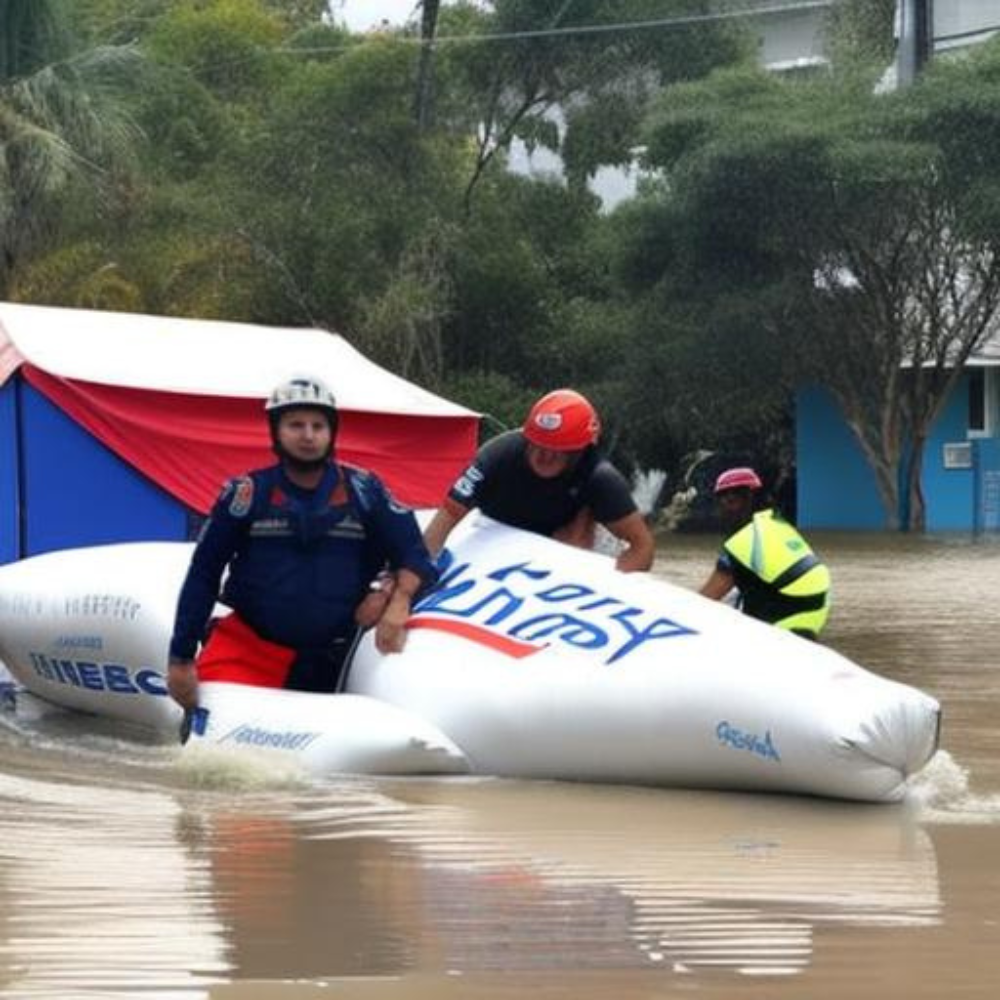Artificial intelligence (AI) is becoming increasingly vital in disaster response and relief efforts. With the rising frequency and severity of natural disasters, such as hurricanes, floods, and wildfires, AI technology has the potential to revolutionize the way we prepare for and respond to these events.
Predictive Analytics
One of the most significant contributions of AI technology to disaster relief is predictive analytics. Using data from various sources, such as weather patterns and historical disaster data, AI algorithms can predict the likelihood of a disaster occurring and its potential impact. This information can then be used to prepare resources and aid in evacuation efforts before a disaster occurs.
Real-Time Monitoring
AI technology can also be used for real-time monitoring during a disaster. For example, drones equipped with AI-powered cameras can provide real-time images and video of a disaster site, allowing emergency responders to assess the situation and allocate resources effectively. Similarly, AI algorithms can analyze social media data to identify areas where people may be in need of assistance.
Natural Language Processing
Natural language processing (NLP) is another AI technology that can be used in disaster response and relief efforts. NLP algorithms can analyze social media posts and other online communication to identify individuals who may be in need of assistance. This technology can also be used to monitor communication between emergency responders to ensure that everyone is on the same page.
Image and Audio Analysis
AI algorithms can also analyze images and audio recordings to provide information to emergency responders. For example, AI-powered image analysis can identify damage to infrastructure and buildings, while audio analysis can identify areas where people may be trapped or in need of assistance.
Challenges and Limitations
While AI technology has the potential to revolutionize disaster response and relief efforts, there are also challenges and limitations to consider. One of the most significant challenges is the availability and accessibility of data. Without access to relevant data, AI algorithms cannot make accurate predictions or provide useful information to emergency responders.
Another challenge is the need for skilled personnel to operate and maintain AI technology. Many emergency responders may not have the necessary training or expertise to use AI technology effectively.
Finally, there are ethical concerns related to the use of AI technology in disaster relief efforts. For example, there may be concerns about privacy and data security when using social media data to identify individuals in need of assistance.
Conclusion
Overall, AI technology has the potential to revolutionize the way we prepare for and respond to natural disasters. With predictive analytics, real-time monitoring, natural language processing, and image and audio analysis, AI algorithms can provide emergency responders with valuable information and insights. While there are challenges and limitations to consider, the benefits of AI technology in disaster response and relief efforts are clear. As we continue to face increasingly severe natural disasters, AI technology will undoubtedly play an increasingly crucial role in mitigating their impact and saving lives.





